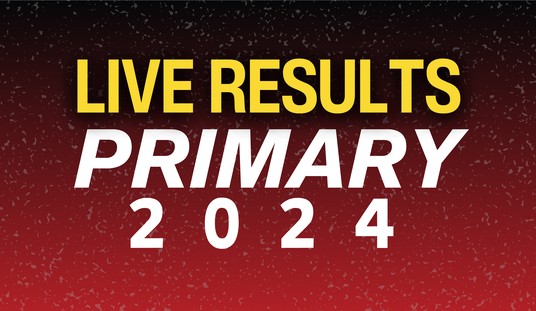When the Department of Homeland Security was created after 9/11, a color-coded alert system was originally employed. Often criticized, that structure was phased out and replaced by the National Terror Advisory System (NTAS), which was then modified by Secretary Janet Napolitano under President Obama. A two-tier system was adopted, whereby the second tier can only be reached when there is a specific and credible threat to the homeland. Such a high hurdle has resulted in zero upgrades to the second tier since its inception.
Part of the problem with the NTAS was this barrier preventing intelligence officials from picking up someone who did not present a real and present threat. The new changes will presumably lower that barrier and make possible the detection of those who Johnson says could be “totally beneath our radar.”
The upgrades follow the attack in San Bernardino, the deadliest terror attack in the US since September 11. At this time, there is no available evidence to show that the attackers were in direct contact with ISIS, although Tashfeen Malik posted to Facebook during the attack to pledge allegiance to the leader of the Islamic State. Without communication between Malik, her husband Syeed Farook, and ISIS members overseas, it may have been harder for US intelligence to identify the pair as potentially radicalized or planning an attack. Much of the challenge now facing the government is locating and monitoring jihadists who might not already be on their radar. Now that 58% of Americans see homegrown terrorists as the most serious terrorist threat to the US (and that poll was taken before San Bernardino), DHS’s acknowledgement of the need for improvements is much needed.
Secretary Johnson said that the Department’s new system reflects the challenges America faces in this “new phase” in the fight against terrorism. He added,
Recommended
I believe that we need to do a better job of informing the public at large of what we are seeing, removing some of the mystery about the global terrorist threat, and what we are doing about it and what we’re asking the public to do
More details on the change in alert levels are expected in the coming days. After Johnson’s remarks, a DHS official clarified that the changes don’t reflect an entirely new system, but rather modifications to the NTAS, which they nonetheless hope to cover the gaps in intelligence that currently exist.

























Join the conversation as a VIP Member